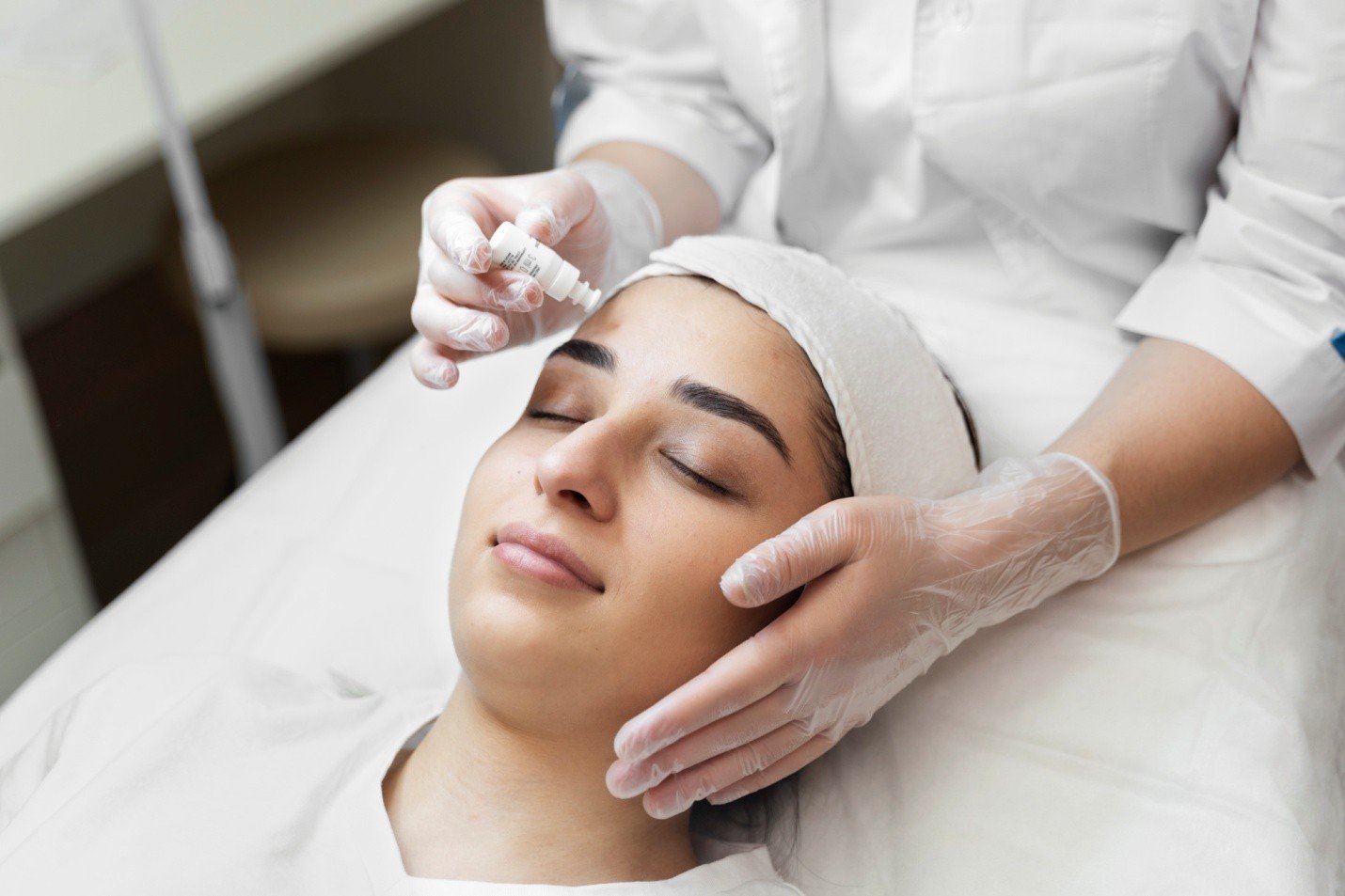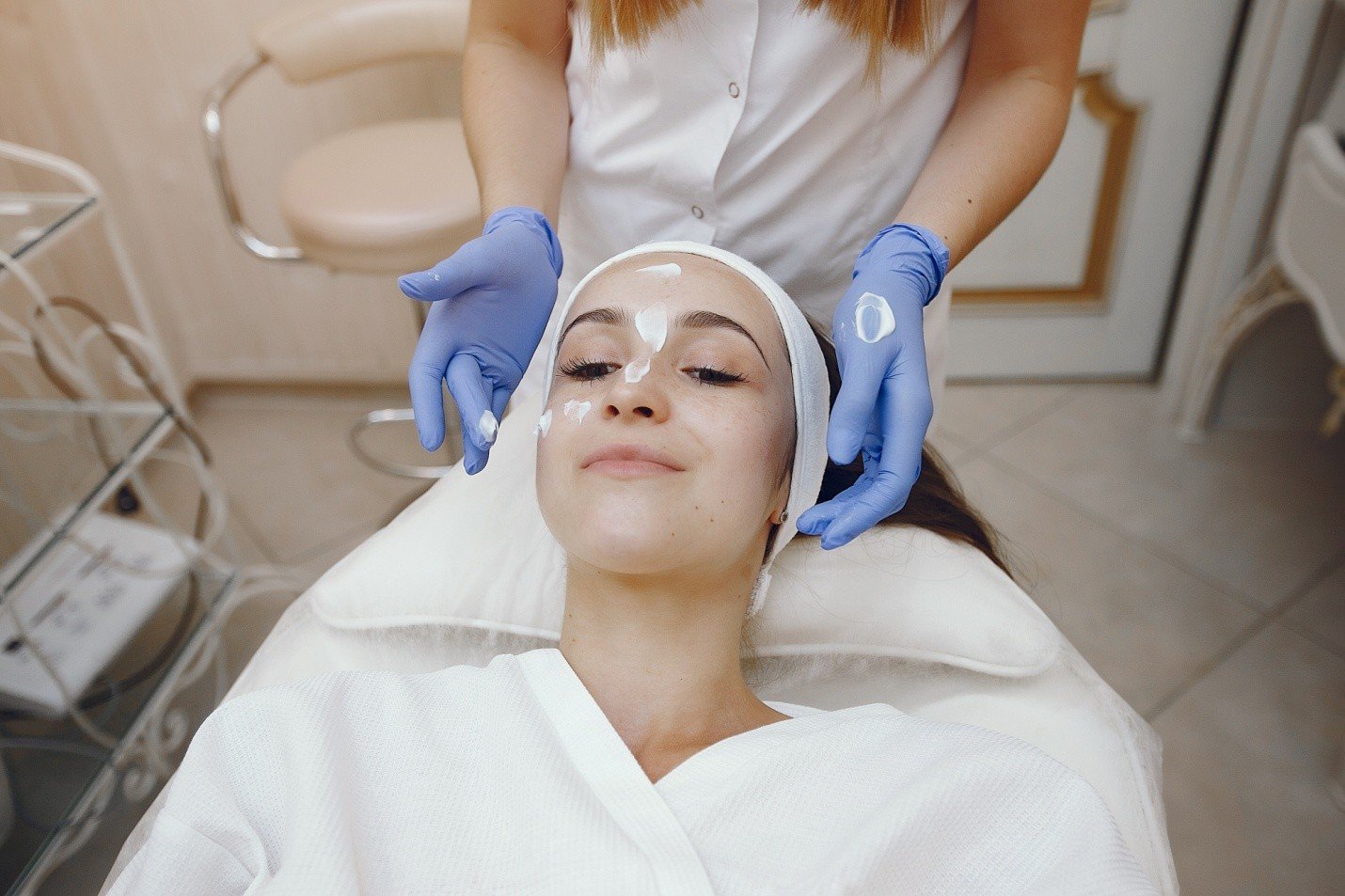How Medical Facials Help with Acne and Breakouts
Acne is one of the most common skin concerns, affecting millions of people across different age groups. From occasional breakouts to chronic acne, these skin issues can be frustrating, painful, and emotionally draining. While over-the-counter products and home remedies can help to some extent, they often fail to address the underlying causes of acne. This is where medical facials step in — advanced, dermatologist-approved treatments designed to deeply cleanse, heal, and rejuvenate acne-prone skin.
Unlike regular spa facials that primarily focus on relaxation and superficial results, medical facials are clinical-grade treatments customized to target specific skin concerns such as acne, clogged pores, inflammation, and post-acne scars.
They combine professional-grade ingredients with cutting-edge technology to promote healthier, clearer, and more balanced skin.


Understanding Acne: What Really Causes Breakouts
Before understanding how medical facials can help, it’s important to know what causes acne
in the first place. Acne develops when hair follicles become clogged with excess sebum
(oil), dead skin cells, and bacteria. This combination creates the perfect environment for
inflammation, leading to pimples, blackheads, whiteheads, and sometimes painful cysts.
Common causes and triggers include:
- Hormonal fluctuations, especially during puberty, menstruation, or stress.
- Excess oil production from overactive sebaceous glands.
- Bacterial growth, particularly Propionibacterium acnes (P. acnes).
- Poor skincare habits or use of comedogenic products.
- Environmental factors such as pollution, humidity, and heat.
- Genetics, which can make some individuals more prone to acne than others.
While these factors contribute to acne formation, what worsens the condition is improper care or harsh treatments that strip the skin of natural oils, leading to further irritation. Medical facials aim to break this cycle by addressing both the visible symptoms and the deeper causes of acne.
What Makes Medical Facials Different from Regular Facials?
Medical facials go beyond pampering — they are therapeutic skin treatments designed with
clinical precision. Each session is customized based on your skin type, acne severity, and
overall condition. The products used are often medical-grade, meaning they contain higher
concentrations of active ingredients than regular skincare products.
Here’s how they differ from spa facials:
- Performed by trained professionals under medical supervision.
- Focus on treating skin conditions, not just relaxation or surface-level glow.
- Use of advanced devices such as microdermabrasion, LED therapy, or chemical peels.
- Personalized treatment plans tailored to acne severity and skin sensitivity.
This combination of expertise and technology makes medical facials particularly effective for persistent acne and post-acne issues.
How Medical Facials Treat Acne and Breakouts
Medical facials work through a step-by-step process that combines deep cleansing, exfoliation, extractions, and skin rejuvenation. Each stage plays a vital role in clearing pores, removing impurities, and calming inflammation.
Deep Cleansing and Exfoliation
The first step in most medical facials is a thorough cleansing process to remove oil,
makeup, and dirt from the skin’s surface. This is followed by gentle exfoliation using
chemical or physical agents to remove dead skin cells that clog pores.
Chemical exfoliants like salicylic acid, glycolic acid, or enzymes are often used to unclog
pores and smooth the skin without irritation.
Pore Extraction
Professional extractions are performed with sterile tools to remove blackheads, whiteheads, and other impurities without damaging the skin. This step is crucial because improper home extractions can worsen acne, cause scarring, or spread bacteria.
Anti-Bacterial and Anti-Inflammatory Treatments
After cleansing and extractions, soothing serums or masks containing antibacterial
ingredients such as benzoyl peroxide, niacinamide, or tea tree oil are applied to calm
inflammation and kill acne-causing bacteria.
In some cases, LED light therapy — particularly blue light — is used to destroy P. acnes
bacteria and reduce active breakouts safely and painlessly.
Hydration and Barrier Repair
Contrary to popular belief, acne-prone skin still needs hydration. Medical facials include lightweight, non-comedogenic moisturizers or serums that replenish the skin barrier and maintain moisture balance. This helps prevent the skin from overproducing oil, a common cause of recurring acne.
Post-Facial Care and Maintenance
After the treatment, professionals usually recommend a post-facial skincare plan that supports continued healing. This might include medical-grade products with retinoids, vitamin C, or peptides to promote skin renewal and prevent future breakouts.
Key Ingredients in Acne-Focused Medical Facials
The power of a medical facial lies in its active ingredients. Here are some commonly used ingredients that make these treatments so effective:
- Salicylic Acid: A beta hydroxy acid (BHA) that exfoliates inside the pores and reduces oil buildup.
- Glycolic Acid: An alpha hydroxy acid (AHA) that improves skin texture and fades acne scars.
- Niacinamide: Calms inflammation and helps regulate sebum production.
- Tea Tree Extract: A natural antiseptic that combats bacteria and soothes redness.
- Hyaluronic Acid: Restores hydration and prevents the skin from drying out after exfoliation.
- Retinoids: Boost cell turnover and unclog pores while improving overall tone and texture.
These ingredients work synergistically to improve skin clarity, control oil, and strengthen the skin barrier.
Benefits of Medical Facials for Acne-Prone Skin
Medical facials offer multiple benefits that go far beyond temporary improvements. When performed consistently and correctly, they can transform acne-prone skin over time.
Deep Pore Purification
By clearing out trapped sebum and impurities, medical facials help prevent new breakouts and make pores appear smaller and cleaner.
Reduction in Acne Scars and Marks
Advanced facials that include chemical exfoliation or light therapy help fade acne scars, pigmentation, and uneven tone.
Oil Control and Balanced Skin
These facials regulate sebum production without stripping the skin of natural moisture, maintaining a healthy balance.
Calmer, Less Inflamed Skin
Soothing masks and anti-inflammatory ingredients reduce redness and irritation caused by active breakouts.
Improved Skin Texture and Tone
Regular treatments lead to smoother, clearer, and more radiant skin as new, healthy cells replace damaged ones.
Long-Term Acne Management
Medical facials not only treat existing acne but also help prevent future flare-ups when combined with a consistent skincare routine.
Who Can Benefit from Medical Facials?
Medical facials are suitable for a wide range of skin types and acne severities. They can be beneficial if you:
- Have frequent breakouts or blackheads.
- Suffer from oily, congested skin.
- Experience post-acne pigmentation or scarring.
- Have sensitive skin that reacts to traditional acne treatments.
- Are looking for a long-term solution for clear, balanced skin.
A professional consultation ensures the treatment is tailored to your specific skin type and condition.
What to Expect After a Medical Facial
Immediately after your session, you may notice a slight redness or mild sensitivity — this is completely normal and usually subsides within a few hours. Over the next few days, your skin will feel cleaner, smoother, and more refreshed. With regular sessions, you’ll start noticing fewer breakouts, reduced oiliness, and an overall improvement in your skin’s clarity and texture.
However, post-facial care is crucial. Always follow the aftercare instructions provided by your dermatologist or aesthetician, which may include:
- Avoiding heavy makeup or exfoliants for 24–48 hours.
- Using sunscreen daily to protect your freshly treated skin.
- Maintaining hydration and gentle cleansing to prolong results.
The Role of Consistency in Achieving Clear Skin
While a single medical facial can deliver noticeable results, consistent treatments are key to achieving long-term clarity and balance. Acne is a chronic skin condition, and regular maintenance helps control oil production, prevent clogged pores, and reduce inflammation. Depending on your skin type and severity of acne, facials may be recommended once every 4–6 weeks.
Conclusion: Clearer Skin Through Science and Care
Acne can be stubborn and unpredictable, but it doesn’t have to define your skin’s future.
Medical facials provide a safe, science-backed solution to cleanse, heal, and rejuvenate
acne-prone skin. By combining advanced technology, active ingredients, and professional
expertise, these treatments address acne at its root and promote long-term skin health.
Whether you’re struggling with frequent breakouts, post-acne marks, or dull, congested skin,
medical facials can help you achieve a smoother, clearer, and more confident complexion —
the kind that glows from the inside out.

